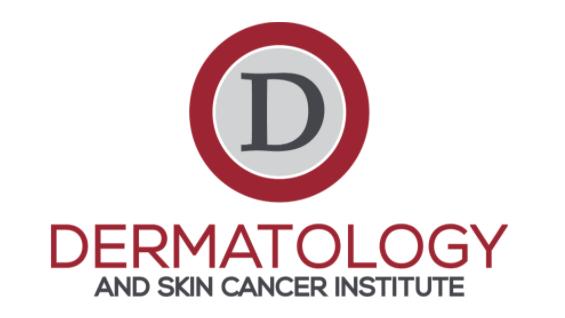I got a sunburn…oh no….now what?

We all know that getting sunburn is bad, right? The skin gets red, is sometimes painful, can blister and then peels – but it eventually goes away. So short of the discomfort and inconvenience have you ever wondered why does everyone make such a big deal about it? So here’s why…
A sunburn is actually a radiation burn caused by exposure to too much ultraviolet light. Ultraviolet radiation is a wavelength in sunlight in a range too short for the human eye to see. Sunlight is composed of three different types of UV radiation being UVA, UVB, and UBC. Ultraviolet A (UVA) is the type of solar radiation that penetrates the skin more deeply and is associated with skin aging. Ultraviolet B (UVB) Is a shorter wavelength that reaches primarily the upper levels of the skin and is the cause of sunburn.
Sunburn is skin damage and your body‘s response to attempt to repair it. The body’s response is immediate but the damage may be long-standing and ultimately dangerous. The skin’s DNA becomes damaged by the overexposure and can respond in one of two ways: it either returns to normal DNA or the DNA mutates and becomes abnormal.
The body does have mechanisms to repair the damaged DNA after ultraviolet exposure but as the frequency of sunlight exposure increases, so, to, does the probability that some of that damage will escape repair and become permanent. Those cells may then become pre-cancerous or cancerous (and we ALL know cancer is NEVER a good thing).
Risk factors for sunburn include:
Having fair skin and light features (blue eyes, blonde or red hair)
Living or vacationing somewhere sunny warm or at a higher altitude
Working outdoors
Regular exposing unprotected skin to UV light from sunlight or artificial sources such as tanning beds or some lamps
Taking a medication that makes you more likely to burn (photosensitizing medication)
The good news is sunburn can be completely avoided by doing some very simple things.
Use sunscreen frequently and generously. A broad-spectrum sunscreen with an SPF of 30 or grader is recommended. The product works best if applied 15 to 30 minutes before going out in the sunlight and should be reapplied every 2 to 3 hours and please don’t forget to apply to your lips, ears, scalp and the tops of your feet
Avoid sun exposure between the hours of 10 AM and 4 PM. The sun is strongest during these hours so scheduling outdoor activities earlier or later than this is a good idea. If that’s not possible then try to limit the length of time you’re out in the sun and seek shade whenever possible.
When outside utilize clothing that covers you up such as a wide-brimmed hat or clothing that has an ultraviolet protection factor (UPF) label, which indicates how effectively the fabric blocks damaging sunlight. And remember the higher number the better!
Avoid tanning and use of tanning beds. Whether you get tan or burn the more ultraviolet exposure your skin has the higher your risk for developing something serious like skin cancer – specifically the melanoma type which is the most serious and can be deadly if not caught early.
If you do experience sunburn your best bet is to try to reduce the inflammation as quickly as possible. This can be done by doing simple things like applying cool compresses, taking over-the-counter ibuprofen, and using over-the-counter topical steroid creams. If you have a very bad sunburn it might be in your best interest to seek medical care and prescription medications may be given. But ultimately we’d like you to remember the old adage “ an ounce of prevention is worth a pound of cure“!
